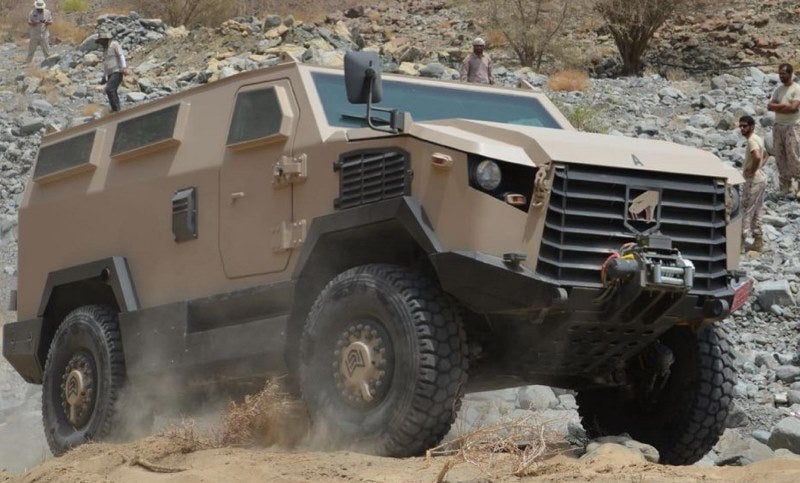New technology and equipment should always aim to improve soldiers’ fighting capabilities, but the question is whether all these are sustainable.
Listed below are the key technology trends impacting the soldier modernization theme, as identified by GlobalData.
Modularity
Modularity is a key aspect when countries are designing soldier modernisation kits, as it allows them to become more interchangeable with other devices that may be needed in operations. For example, C4ISR systems need to be able to work cohesively and effectively with other allied equipment and adapt to the ever-changing market and allow easy software updates to achieve their objectives. These systems would also have to be able to adapt to mission specifics. An example would be adding additional battery storage for longer operations or to have additional smart technology for more complex operations. There would also be a need for the systems to be compatible with the internet of things and big data.
Finally, the government spending shift that followed the end of Cold War towards social welfare led to COTS (Commercial Off-The-Shelf) systems, components or even platforms being acquired in order to reduce acquisition cost and timeframe.
IoT
The Internet of Things or Internet of Military Things (IoMT) is a chain of sensors, wearables, and devices that use cloud networks, and edge computing to calculate data storage closer to the location where it is needed and improve response times resulting in an effective informed fighting force. This means that future soldiers will be able to identify possible threats or monitor physical and mental stats, thus becoming systems or a hub. The IoMT emphasises the term “connected soldier” through its use of capabilities to connect he or she to a verity of platforms such as ships, planes; tanks, or unmanned vehicles.
Artificial intelligence (AI)
AI will inevitably be leading the way with future soldier modernisation, by creating more accurate algorithms that enable a computational device to learn as it processes information, such as facial recognition, which would be used to determine civilians from a possible enemy. With the rise of robotics unmanned ground vehicles (UGVs), AI will play a vital part in command and control (C2) processes such as firing orders and Manned-Unmanned Teaming (MUM-T).
Unmanned systems
Future soldier modernisation systems have to accommodate to the battlefield and with the constant shift in geographical locations, it can be difficult to have reliable intelligence of the battlefield. Unmanned systems (ground, maritime, aerial) are extremely beneficial to allow ground troops to better real-time ISR (Intelligence, Surveillance, Reconnaissance). Such sensors can operate on a numerous number of platforms at an affordable price compared to manned systems.
Also, as mentioned already, MUM-T operations will soon become a fact, whether to support logistics or engage in combat operations to remove soldiers from harm’s way. Furthermore, research is focusing on the use of swarms of small unmanned vehicles to overwhelm enemy defences. Such systems are gradually being operated by digital soldier systems, further enhancing the combat capabilities of soldiers.
Collateral damage reduction
Warfare will quite often take place in a civilian environment, and with the development of precision-guided munitions governments and industries will design weaponry to deliver the minimum collateral damage possible, with ground combat troops using systems such as laser-guided weapons and guided small arms. For example, Raytheon has produced a new miniature laser-guided missile for Special Forces and infantry troops which can be fired from existing rocket-propelled grenade launchers at a range of two kilometres.
These systems can offer the ability to destroy or neutralise target specifics whilst causing minimal damage to the sounding areas. Ground forces have a responsibility to monitor their actions as they will be susceptible to international humanitarian laws and liable for the legal use of force in armed conflict which could be associated with collateral damage and a possible breach of laws. Such weapons can be guided by the sensors carried by troops, an indispensable part of future soldier kits.
Wearable devices
As warfare becomes increasingly networked, new wearable devices are becoming indispensable for infantry officers and soldiers to heighten their situational awareness and combat effectiveness. These systems can be linked with radio systems and battle management systems through the use of head-mounted C2 displays; smart sights; smart wrist view and Commanders Combat information displays (tablets).
This is an edited extract from the Soldier Modernization – Thematic Research report produced by GlobalData Thematic Research.





